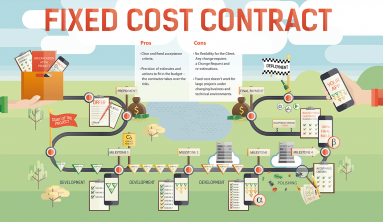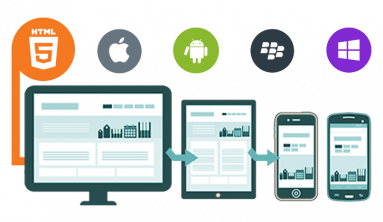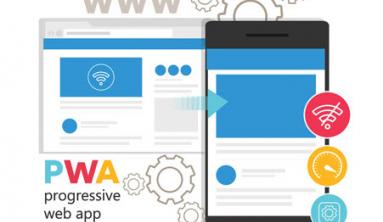For every successful mobile app development project, there are at least five which failed almost woefully and is causing their business owners and developers great grieve. No one likes to fail, regardless of how bold, rich, or experienced they may be. Some people are known to give up totally after any such failure, while a few pick themselves up to find out why they failed and try to correct it.
If you are one of the latter, then this post is certainly for you. Perhaps you have a freelance developer, client, or project owner with a failed mobile app project, you can read on to identify the common mobile app development mistakes to avoid and what you need to make right in your future apps;
1. Not identifying need:
This is a very cardinal mistake. One of the first steps towards successful mobile app development is to carry out a need analysis. This analysis will help you to forecast how successful or otherwise your app will be. It would help you know if your app can satisfy people's need and what exactly they want in such an app. This will act as a guide for app development companies.
It is completely unwise for you to invest money, especially a large sum of it, into an app idea without doing market research. It is advisable that you test the market and carry out surveys about what users would love to see in the app if they need it. This would give validation to your idea and provide the confidence you need to go ahead with implementation.
2. Inadequate research of mobile app development companies or freelance developer:
Mobile apps come in different categories, there are eCommerce apps, Social media apps, Financial apps, educational apps etc. Similarly, there are different categories or types of mobile app development companies. Before going ahead to choose any of the mobile app development companies, you need to internally put some things in order. This includes fixing a budget, choosing a platform, securing your domain, and deciding on the complexity of what you want.
Next is to research for app development companies that fit the criteria of your mobile app. This research would give you a list of probable app development companies. Then, you should develop a list of questions that you would like to ask them. These questions would help you to come to a conclusion as to the company to go with. You should inquire to see their portfolio, request for client references, and ask about their approach to the app development process.
3. Underestimating the cost:
App development is cost intensive. Therefore it is wise that before you embark on it you have a detailed scope of all the resources that would be required for its successful completion. Resources is not only about money, but every form of capital investment, this includes development hours, overheads, material, marketing team, space etc. Each of these needs to be taken into account before the commencement of the app development project.
Underestimating for this project may cause you to abandon it midway or complete it with less-than-standard resources.
4. Not considering making an MVP:
Developing an MVP or a Minimum Viable Product is one of the last great steps to prevent your app from failing woefully in the market. This allows you to test your app in real market situations where users can evaluate your app performance without you having to complete the entire development process. At the stage of the MVP, only the essential features needed for the launch of your app in the market is included.
The MVP helps to cut down on the actual app cost and time. It would allow you to release the basic version of your app, get feedback from the market, make necessary adjustment so you can have a better final product.

5. Building a poor UI:
You don't have a second chance to make a first impression. The two major app stores hold more than five million mobile apps. In this very crowded hostile world, you can't afford to have User Interface that can instantly catch and hold attention. The huge number of apps available in these stores cause users to be quite impatient about keeping apps that don't visually appeal to them. The design process is a very integral step that would determine the success or otherwise of your mobile app.
Some of the points to put in mind while designing the UI for an app include;
- Never start your app development project without an App flowchart.
- Pay close attention to resolution. It is safer to avoid low resolutions.
- Avoid using animations for into. Users tend to quite impatient and may not wait for these animations to load before uninstalling the app.
- Use animations or other things that are capable of keeping users engaged while loading pages.
6. Too many features:
Although it is popularly said that more is better. This saying does not apply so much in app development. Apps with so many features are regarded by users as cumbersome and bulky, without actually adding much value to the overall user experience.
Aside from this, having too many features tend to make an app slower, adding to the load time. This doesn't include the time and effort invested in the development of such extra features. In contrast, an app with fewer and targeted features makes the app easy to understand and purposely. It is advisable that only the main features and other supporting features that contribute to the function of the app be included in the final app.
Conclusion
These are some of the cardinal mistakes made by freelancer developers, app development companies, or even business owners that result in the failure of their mobile apps. App development is a complex and sensitive project. You can't afford to embark on it without proper due diligence, and a good place to start is by learning from the error of the past.



